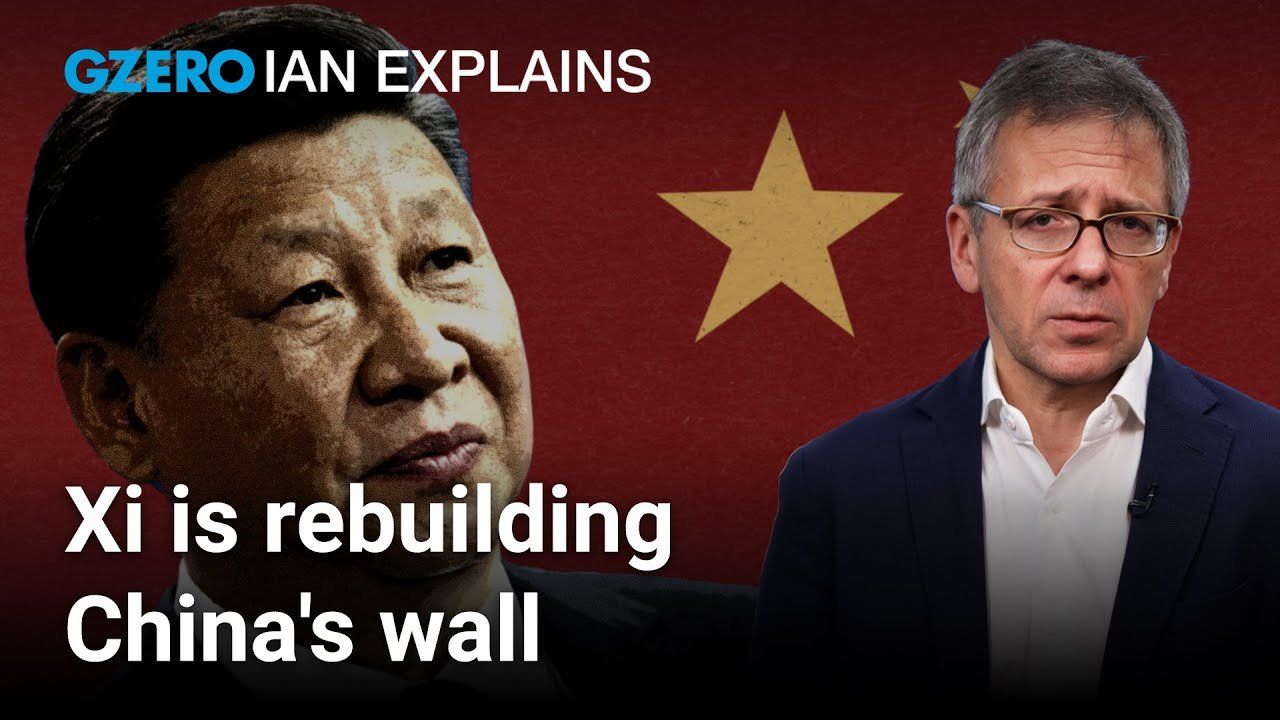Ian Explains
Ian Explains: Xi Jinping's nationalist agenda is rebuilding walls around China

Ian Explains: Xi Jinping's nationalist agenda is rebuilding walls around China | GZERO World

On Ian Explains, Ian Bremmer breaks down how Xi Jinping is turning China inwards at a time when it can’t afford to close itself off. Since assuming the presidency in 2012, Xi has consolidated power within the Communist Party to become China’s most dominant ruler since Chairman Mao Zedong. Under Xi’s watch, China has rolled back democratic rights in Hong Kong, implemented crackdowns on the powerful tech, finance, and real estate sectors, restricted English in schools, and even expanded the definition of espionage so broadly that basic interactions with foreigners are viewed as suspect.
President Xi’s nationalist vision has become so dominant that it's written into the Constitution and official history of the People’s Republic. But will that vision make China hostile to the very ideas that fueled its economic transformation in the first place?
On Ian Explains, Ian Bremmer takes a look at the growing surge in global conflict and the ripple effects of so much violence, war, and armed struggle throughout the world.
Think you know what's going on around the world? Here's your chance to prove it.
The European Union just pulled off something that, a year ago, seemed politically impossible: it froze $247 billion in Russian central bank assets indefinitely, stripping the Kremlin of one of its most reliable pressure points.
Big global stories. Real conversations with world leaders. Our award-winning global affairs show, GZERO World with Ian Bremmer, goes beyond the headlines on the stories that matter most. Here’s a look back at the 10 most quotable moments from this year’s episodes.